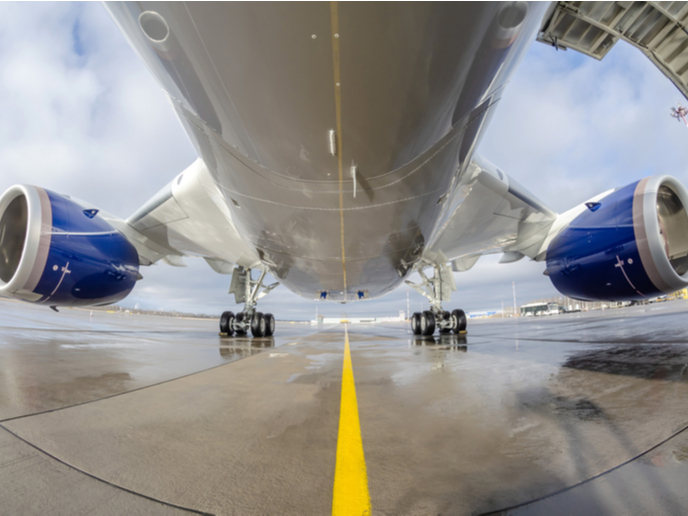Cutting-edge technologies to lower vibrations and noise in business jets
Vibrations in aircraft are typically generated by engines rotating at high speeds and by aerodynamic loads on fuselages. The engine is also a major source of noise. There are two key related challenges for new aircraft development. “First, the comfort of passengers should be continuously improved,” comments Michael Loupis, coordinator of the EU-funded TAVAC(opens in new window) project. “Second, as more powerful and efficient aircraft engines are introduced and new lightweight airframes are adopted, the intensity of engine and airframe vibrations is increased, while the damping capacity of the fuselage is reduced, therefore setting a barrier to improving airframe and engine efficiency.”
Novel vibration and noise cancellation techniques
Project partners developed an active vibration control system (AVCS) that uses active engine mounts to accommodate engine vibrations. They simulated and virtually demonstrated the AVCS’s operational performance on a full-scale aircraft to substantially reduce its fuselage’s acoustic pressure. The reduction target of 15 dB was surpassed by using a minimum number of actuators. They proposed a commercially available piezoelectric actuator for the installation parameters of the anti-vibration setup. “Installation of the proposed AVCS had little effect on the existing mount stiffness, and operated with almost negligible power requirements,” notes Loupis. Team members designed an active noise cancelation system (ANCS) to decrease noise discomfort in the passenger area. It was integrated inside each passenger seat consisting of loudspeakers, microphones and flight control law devices. They implemented and experimentally tested the ANCS in a configuration of two face-to-face three-passenger seats inside a cabin mock-up, based on a conventional algorithm for reasons of reliability and simplicity. The team tested the ANCS on different noise signals. It provides at least a 10 dB reduction in engine rotation speed noise, and the potential for an overall noise reduction of 15 dB under specific conditions. The overall weight, including the field-programmable gate array controller, microphones, loudspeaker, amplifiers and power supply, doesn’t exceed 9 kg. The engineers also developed an AVCS to reduce aerodynamic vibrations transferred to the passenger area via the fuselage floor. When using commercially available actuators, the required auxiliary mass exceeds the provided weight limitations for attempting a reduction, because the actuator’s stiffness restricted us from freely tuning the semi-active variable stiffness tuned mass damper (SATMD) initially to the targeted mode. In addition, the piezoelectric stack isn’t optimised, and when tuned on lower modes, performance isn’t optimal; however, with a higher auxiliary mass it achieves reductions of up to 6 dB. He further elaborates: “Custom actuator performance achieves higher reductions, since we can tune the SATMD on the target mode using auxiliary mass within the weight limitation,” explains Loupis.
Competitive edge thanks to enhanced aircraft performance and passenger comfort
“TAVAC’s proposed acoustics, vibrations and noise control technologies are very promising, because they will enhance passenger comfort, air travel quality and provided services, and offer a competitive advantage for new business and regional aircraft,” concludes Loupis. “It will also improve aircraft performance and fuel efficiency.” The project is expected to have a major impact on the development of applied technologies for enhanced aircraft performance, a key priority of the EU’s Clean Sky(opens in new window) and Flightpath 2050(opens in new window).







